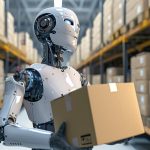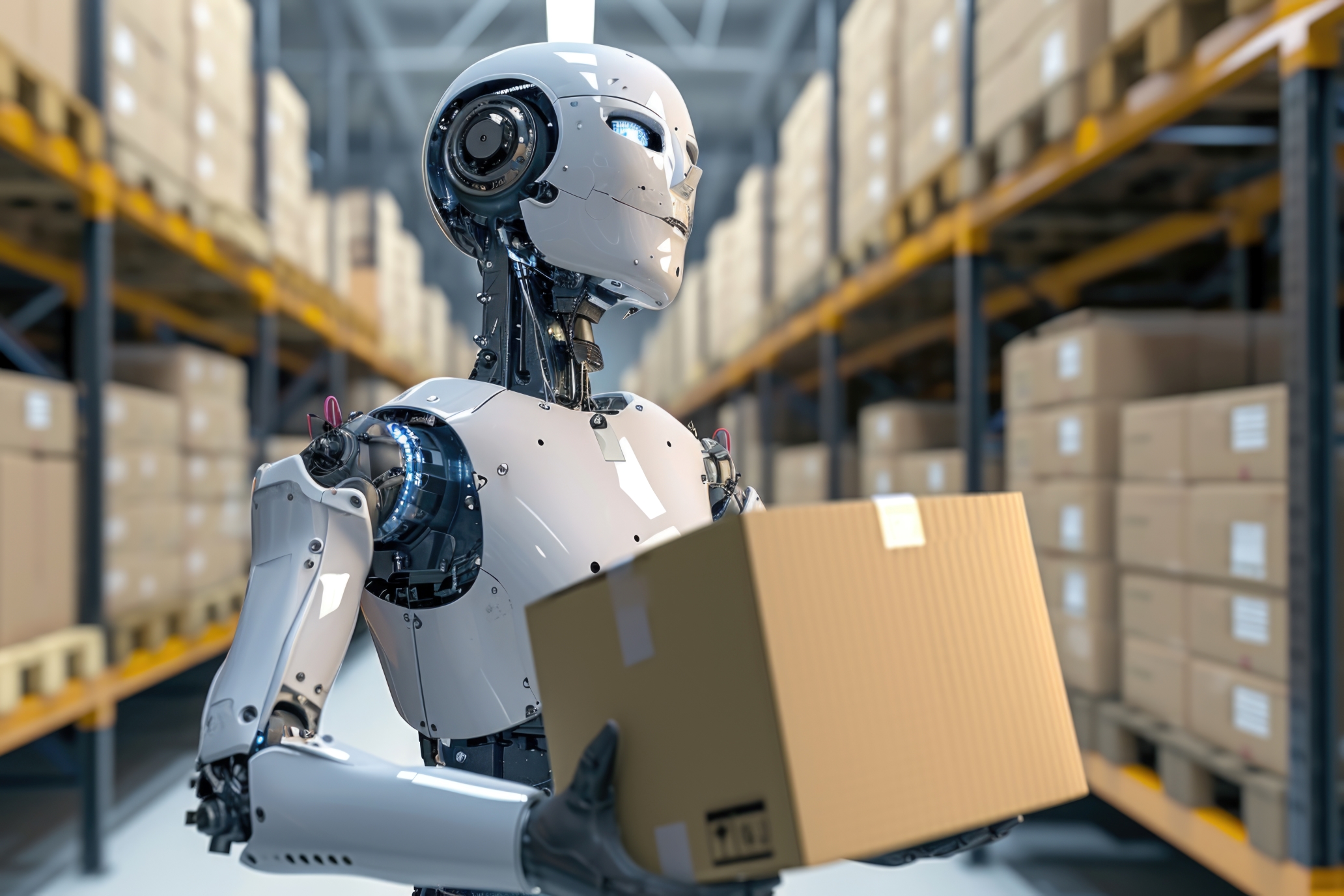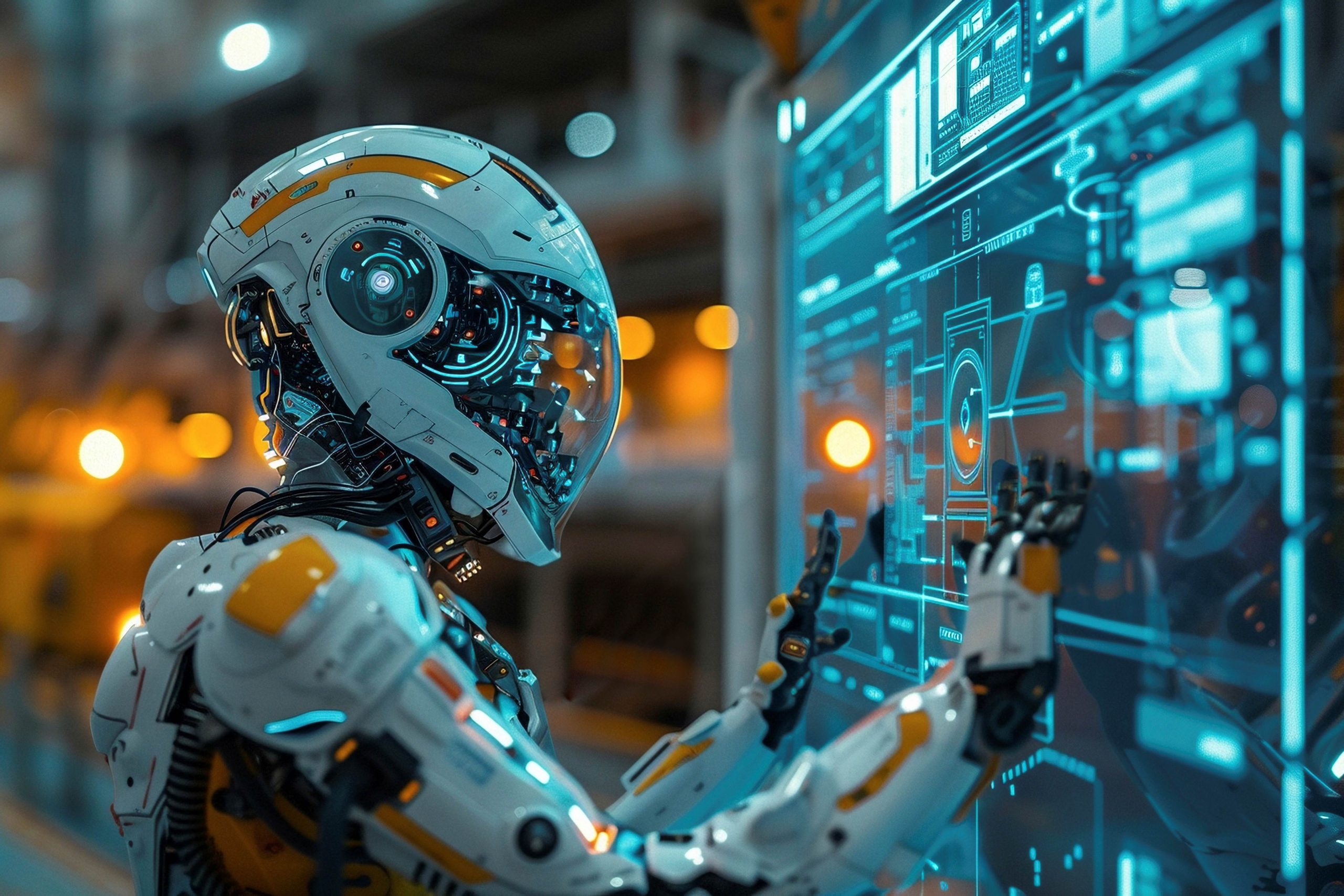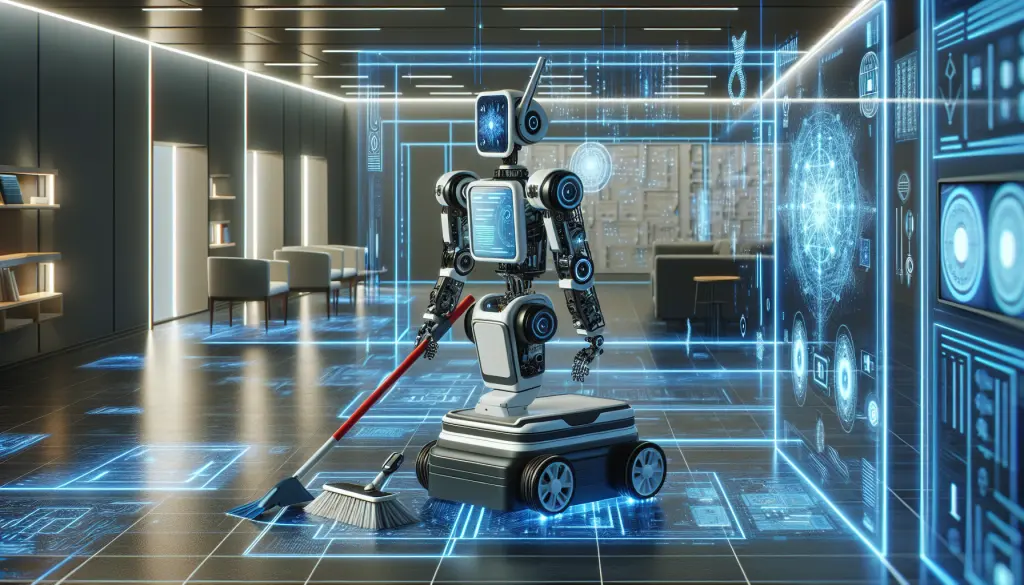Whatever the name, AI or something altogether different, it is changing everything by revolutionizing the face of warehouses in the way they execute their tasks. One can imagine machines working hand in hand with humans, making processes easier, faster, and more precise. Such change is no distant fantasy; it’s happening now. Let’s dip into how AI is reconfiguring warehouse management, changing things for the future of logistics.
What is AI in Warehousing?
AI: In other words, computer systems that can perform tasks usually requiring human intelligence. So in the case of a warehouse, AI could automate repetitive tasks, analyze huge amounts of data, and make better decisions. Thus, the warehouses can be run more smoothly, efficiently, and safely.
Benefits of AI in Warehousing
Increased Efficiency
AI systems operate non-stop. They can track and optimize tasks without requiring breaks. This unceasing operation helps ensure warehouses run smoother and faster.
For example, if an order has just been received, AI can quickly identify the fastest possible method to process and dispatch the order, thus cutting down on delays.
Efficiency in Managing Inventory
Another frequent problem experienced within warehouses is the monitoring of how much stock is available. In an AI warehouse, sensors and systems automatically update inventory levels.
How fantastic would it be not to have to count anything on your own because the system is always aware of what you have? It helps you make much better decisions on when to order more stock.
Improved Accuracy
Human error can commit errors in shipping products in addition to other things. In other words, it can ship off wrong products or lose inventory. AI eliminates the risk of this to a highly negligible level.
For instance, an AI autopilot robot is capable of picking from the shelves very accurately so that right products are packed and shipped.
Saving on Costs
With AI, warehouses can optimize labor costs. Businesses may not need as many employees for things being done automatically, and, of course, this saves money in the long term.
Well, above all, errors will diminish, meaning fewer costly mistakes, such as shipping returns that save even more.
How AI is Changing Operations
AI brings a few specific technologies that are changing the nature of warehouse operations. Let’s take a look at some:
Robotic Systems
As in the industry , these robots move things around the warehouse by picking, packing, or the moving of goods. They can wander through aisles, avoiding obstacles, and completing tasks faster than human beings.
Machine Learning
A type of AI that learns from data. It will analyze trends and patterns, making clear predictions about what the in-demand products are. This helps to prepare the warehouse better and maintain the right items in stock.
Computer Vision
It allows the computer to perceive visual information. Cameras with AI working in warehouses can capture what’s on a shelf and ensure that the right things are picked off.
AGVs
These are mobile robots that can make their way around within a warehouse to transport goods. AGVs reduce the time spent in transporting products from one area of the warehouse to another, meaning that operations will be done faster.
Real Life Applications of AI
Many companies are already using AI in their warehouses. Here are a few examples of it:
Amazon: They have vast fulfillment centers, or facilities, with lots of robotic systems. Robots move entire shelves of products to human workers who then pick and pack orders. This ensures Amazon can put together lots of orders quickly and properly.
Walmart: They can employ AI to be able to control their inventory. Their system can read on sales trends and even the weather! If it’s going to be a sunny weekend, Walmart can prepare beforehand with more barbecue supplies!
JD.com: The Chinese e-commerce giant employs AI powered drones on last-mile delivery, especially unreachable places. Imagine robots getting your packages right to your doorstep!
Challenges and Solutions
While the advantages of AI in warehouses are well understood, there are a number of hurdles that need to be overcome:
Initial Costs
High-level AI technologies can prove quite expensive to install. Companies, however, can start small in the form of pilot projects to test effectiveness before going all in.
Integration Problems
Many warehouses already have traditional systems in place. The transition to AI technology is complex. Toward this effect, companies can phase in AI gradually and ensure adequate training for staff regarding new systems.
Workforce Adaptation
If automation is likely to pose a threat to the jobs of some employees, then train those employees on how to work with AI. Jobs will not disappear but may become more expert-based jobs, like management or maintenance tasks of the AI systems.
Future of AI in Warehousing
More powerful AI capabilities will be released, and the application of AI in warehouse management is enormous. Below are some of the exciting things we would see:
Smarter Robotics
Future robots will be smarter; they will handle complex tasks independently and well and may start taking cues from human workers on how they like things done.
Predictive Analytics
Using artificial intelligence, the warehouses will predict demand more accurately. In that case, they can prepare better and also stock appropriate items at the right time.
Better Safety
With the artificial machines monitoring operations in warehouses, they can identify potential hazards before accidents occur. This will be one of the reasons for safer working conditions for employees.
AI changes and grows in warehouse management positively. It increases efficiency and accuracy in different natures, has a significant impact on inventory management, and makes the integration of artificial intelligence in warehousing increase exponentially toward the future. Warehouse operations are going to become more effective while creating an exciting environment to meet a fast-paced world due to human and technological combination in an evolving marketplace.
So, are you ready to know how AI can change your warehouse needs or even your future in logistics? Well, now is the time to change for the better, with no ceiling at all to which of these limits will be stretched!









